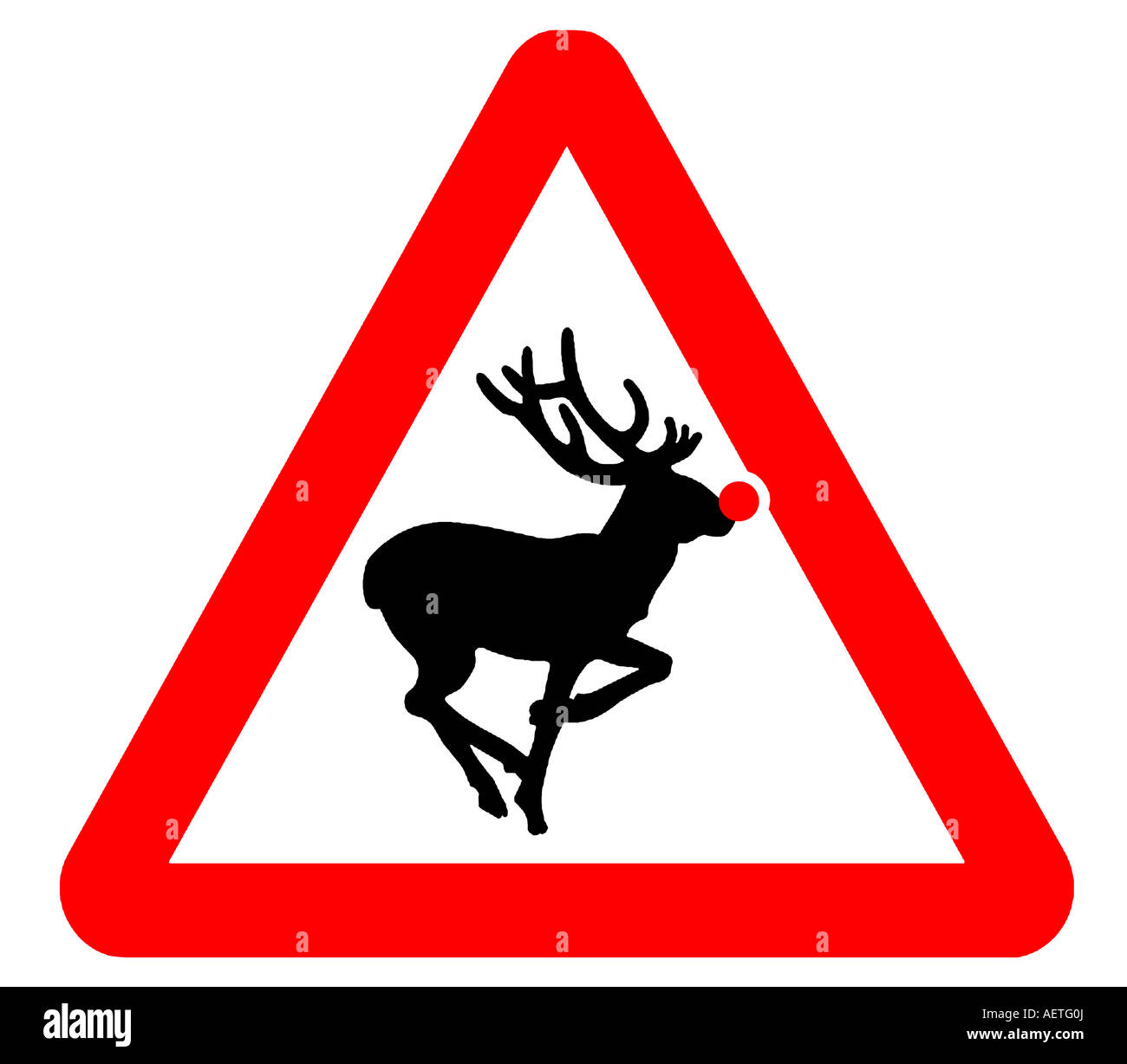Paljto Rossiya Aetg
Mobilemark 2007 battery test download. Contoh naskah dialog drama 6 orang percakapan bahasa sunda 22863978 indonesia. Vatsala Rajagopal Born 1933/1934 (age 84–85) Years active 1979–present Known for Television and film actor Vatsala Rajagopal (born 1933) is a film and television actress. She started her acting career as a stage artist in 1979 and has acted in 450 plays in 25 years. She has acted in many Tamil television serials from the days when they were produced in 1990s. She has also acted in Tamil films including,,. Filmography [ ] Year Film Language Role Notes 1992 Tamil 1995 Tamil Ambujam Maami 1997 Tamil 2000 Tamil Karthikeyan's Mother 2005 Tamil Ambi's Grandmother 2006 Tamil Shailaja's Grandmother 2006 Tamil Sandhya's Grandmother 2007 Tamil Archana's Grandmother 2007 Tamil 2010 Telugu 2011 Tamil Udhayan and Vasanth's Grandmother 2013 Tamil Shiva's Grandmother 2013 Tamil Meera's Grandmother Serials [ ] • • Kathai Neram • Kai Alavu Manasu • • • Aadugiran Kannan • Kolangal • Vasantham • Mythilli • • Aanandham Villaiyaadum Veedu • Manjal Magimai • • • • • • References [ ].
Contents • • • • • • • • • • • • • • • • • • Etymology [ ] There are two theories for the origin of the town's name. The first is that it is derived from the word for fat; it was originally named for the nearby hill Peekin'ey, meaning 'swollen mountain'. The more macabre theory is that the name is derived from the Chukchi word 'Pagytkenay', meaning 'smelly mountain'. Legend has it that a battle was fought on the site of the modern town between the local Chukchi. At the time, there was no tradition of burying the dead among the indigenous people, so the odor of rotting flesh was present for a long time. This legend suggests a reason why when Russian explorers first discovered the bay, they did not find any settlement, as the Chukchi refused to settle in the region following the battle and only brought their animals to pasture in the summer.
History [ ] 18th and 19th centuries [ ] The area around Pevek was already known to Russians by the mid-18th century, as the records of the document the discovery of. Further references to the cape were made in the records of the expedition, with Russian explorers first describing in the 1760s. 20th century [ ] The earliest records of the settlement of Pevek were made by the writer, who discovered a hunting lodge and in 1926. By the mid-1930s, Pevek became an important port in the region, due to the natural harbor provided by Chaunskaya Bay, the expansion of the, and the discovery of at the Pyrkakay mine (which would later be renamed ) 60 kilometers (37 mi) away. The discovery of minerals throughout this region meant Pevek had an important part to play in importing the required plant and machinery and exporting the extracted minerals and by 1950, the settlement had nearly 1,500 permanent residents. On April 6, 1967, Pevek was granted town status. During the 1990s, after the, the town's population dropped by more than half as commercial navigation in the Arctic went into decline and people began to gravitate towards the central Russian regions.

More or less regular shipping is presently to be found only from to in the west and between and Pevek in the east. Ports between Dudinka and Pevek have virtually no shipping. Remains of Chaunlag buildings near Pevek The workforce for the mines that provided the with and throughout the large parts of the 20th century were prisoners in the system.